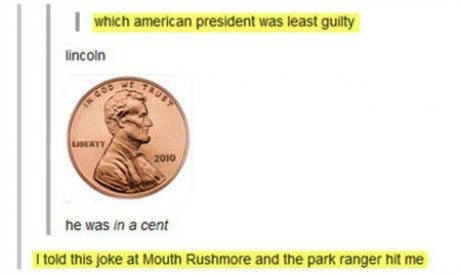#1:As Gregor Samsa awoke one morning from uneasy dreams he found himself transformed in his bed into a gigantic insect.
Diction: "uneasy" - less negative, "bed" - personal, "gigantic" - more extreme and abnormal
Syntax: No commas, exclamation marks, or other abnormal punctuation. Not much emotion.
Imagery: Location is given. Gigantic = abnormal. So you can image him as a bug awkwardly larger than his bed.
Structure: Being a bug interrupted him waking up from dreams.
#2:Gregory Samsa woke from uneasy dreams one morning to find himself changed into a giant bug.
Diction: "uneasy" - again less negative, "changed" - implies can be reversed, "giant" - less dramatic
Syntax: Again no punctuation. Seems like a factual sentence because of a lack of commas.
Imagery: I imagine him just in his room or outside of his house not in his bed.
Structure: Again the main part is that he woke up with the caveat of being a bug.
#3:When Gregor Samsa awoke from troubled dreams one morning he found he had been transformed in his bed into an enormous bug.
Diction: "troubled" - more negative, "found" - past tense shows narrator's POV clearly "enormous" - more extreme and grotesque even
Syntax: Again no punctuation :( But there is a lack of a comma. It could go in between "morning" and "he" or at least that is where I feel a natural pause is.
Imagery: Both troubled and enormous are more extreme words that make me picture that he was having bad nightmares and then woke up to an even worse reality.
Structure: I feel like the focus is more on the transformation than waking up which adds more drama. This translator is a drama llama.
#4:One morning, upon awakening from agitated dreams, Gregor Samsa found himself, in his bed, transformed into a monstrous vermin.
Diction: "agitated" - more clinical and reminds me of nature, "monstrous" - scary!, "vermin" - ew
Syntax: Commmmmmmas! I'm so happy. Makes the sentence way more stretched out.
Imagery: Much more negative. I imagine him thrashing around in his bed and then waking up totally freaked out, scared, and screaming.
Structure: The transformation interrupts the waking up which interrupts the morning.
Word choice, syntax, punctuation, and imagery are very important in creating the proper EFFECT {my new favorite Written Task word} in the reader. I believe that word choice is the most important factor for translators to consider when translating texts. I believe this because the first thing that readers notice when reading is what they comprehend. They instantaneously try to understand what the sentence means. Each reader has specific preconceived notions regarding the connotations of word choice. This means that as the reader reads the translated text they will get a very strong first impression due to the word choice. While not all readers can be appeased with the use of proper word choice. The translation can be analyzed to make sure the connotations are correct. Certain nuances within languages and synonyms can lead to very different perceptions of texts.
I believe that the second most important factor in translations leading to correct interpretations is syntax and structure. The order of words relates to the importance of themes represented. Also it can create certain emotions such as shock, acceptance, or jubilance. If the author chooses to include the commentary before the fact then the reader might agree more with the commentary while if the fact is presented first then the reader has time to formulate their own opinion. Syntax also heavily impacts the tone of the text as the reader can choose to order the sentence in such a way that the tone is matter-of-fact versus dramatic.
I believe that punctuation and imagery are of equal importance. Punctuation lends itself heavily to the creation of the tone of the text. Imagery does as well. The addition of commas or descriptive words can elongate a section and further clarify the emotions that the authors wants the reader to infer. Also punctuation such as exclamation marks and question marks can truly impact the interpretation of the text. Similar to word choice, imagery can also be geographically or culturally specific a certain descriptive nouns and adjectives.
This exercise brings up many questions and considerations regarding translations and the impact of incorrect words, structure, or punctuation can have on the reader's understanding of the text. The tone between translations can differ immensely. I have learned through the analysis of these multiple translations of
Metamorphosis and
The Stranger that specific translations can truly change the intended impact of the entire story. I believe that there should be some regulatory group that makes translators meet and discuss their reasoning of specific word choice, syntax, punctuation, and imagery. This way a consensus can be reached or at least a more cohesive and understandable translation can be reached. This way no matter what translation students and readers view they will get the same intended effect.
 |
| TRUE LIFE! Punctuation really matters folks! |
Disclaimer: So I spent way to long finding puns. Here are my favorites.
I was going to include more but I felt as though it would take up to much of my precious readers {fellow IB CULT members'... ermmmmmm students' time}.







 vs.
vs. 
